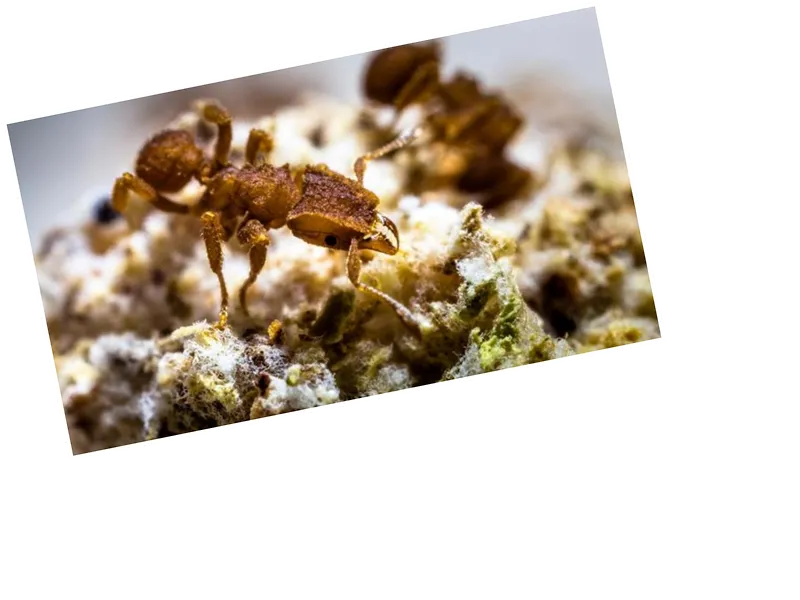Ants: The Original Farmers
More than 66 million years ago, during the late Cretaceous period, a catastrophic event occurred when the Chicxulub asteroid struck the Yucatan Peninsula, leading to the extinction of the dinosaurs. However, this event had surprising benefits for smaller creatures, particularly ants. A recent study published in the journal Science reveals that these pre-human organisms were cultivating their own food, specifically fungi, long before humans ever appeared on the scene.
Researchers have long known about certain ant species, like leafcutter ants, which cut and transport leaves to grow fungi for their larvae. However, the study highlights that fungi-growing ants employ different methods, preparing environments for fungi growth by adding seeds and organic matter. This symbiotic relationship between ants and fungi has evolved over millions of years, with approximately 250 ant species in the Americas and Caribbean practicing agriculture today.
Evolution of Ant Agriculture
The study categorizes these ants into four farming systems based on their agricultural strategies. Leafcutter ants are noted for their advanced
keywords:[
Scientific discovery
farming ants
fungus cultivation
Cretaceous period
Chicxulub asteroid
ant agriculture
evolutionary biology





